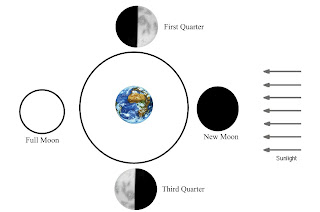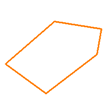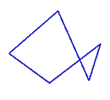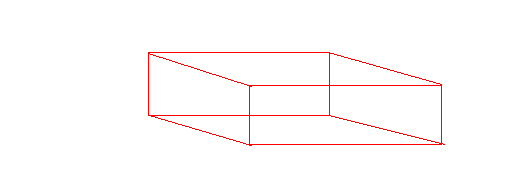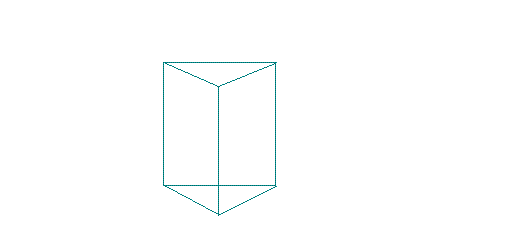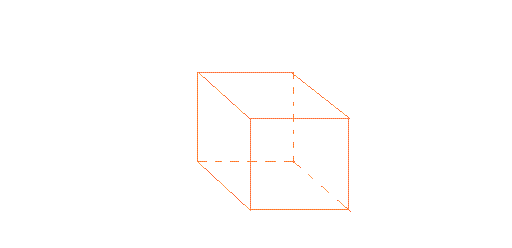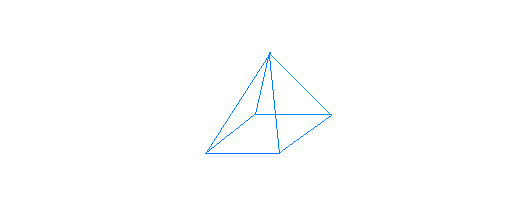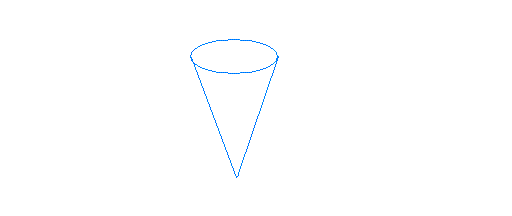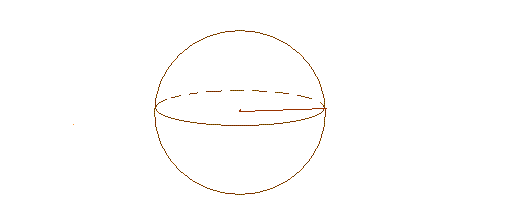Constantino era hijo de Constancio Cloro y de Santa Equia-postólica Elena. En el año 306 fue proclamado emperador.
En el año 312 surgió la guerra contra Majencio. Antes de un combate decisivo, Constantino vio en el cielo un brillante signo de la santa Cruz con las palabras que le acompañaban: "Con ésta vencerás." De noche le apareció en sueños el Salvador y presagió la victoria. Constantino ordenó confeccionar la imagen de la Cruz sobre todos los estandartes. En la batalla que sobrevino, Constantino ganó una decisiva victoria.
Después de convertirse en el único emperador romano, Constantino dedicó toda su vida al servicio del cristianismo. Declaró la libertad de confesión de la fe cristiana (313), puso fin a los juegos y holocaustos paganos, otorgó privilegios al clero y a las iglesias, confirmó la santificación del día domingo, construyó numerosos templos cristianos y derogó las leyes gentiles dirigidas contra el cristianismo.


